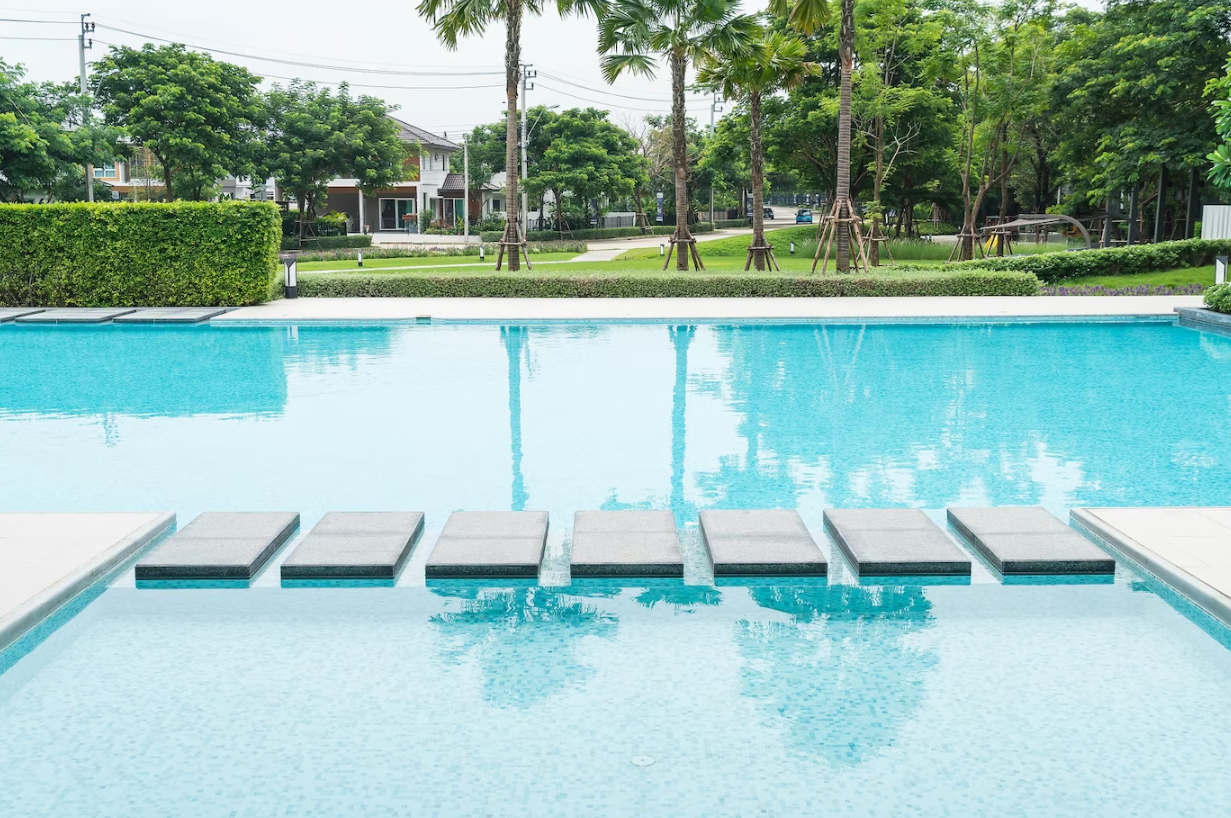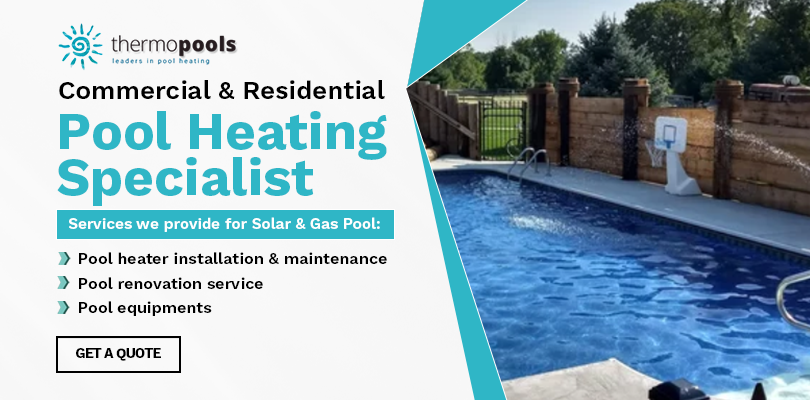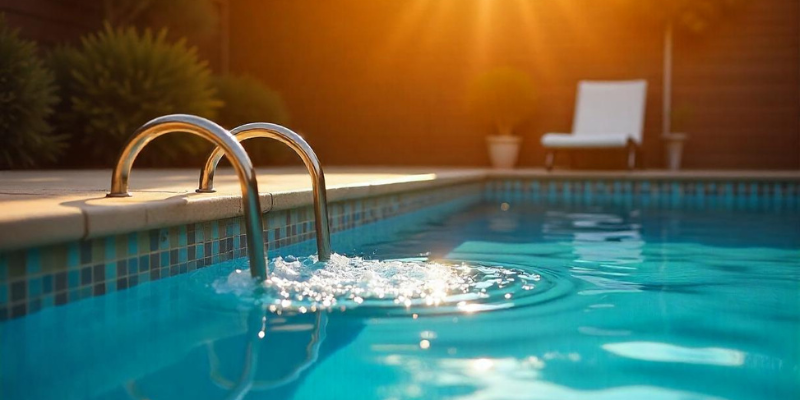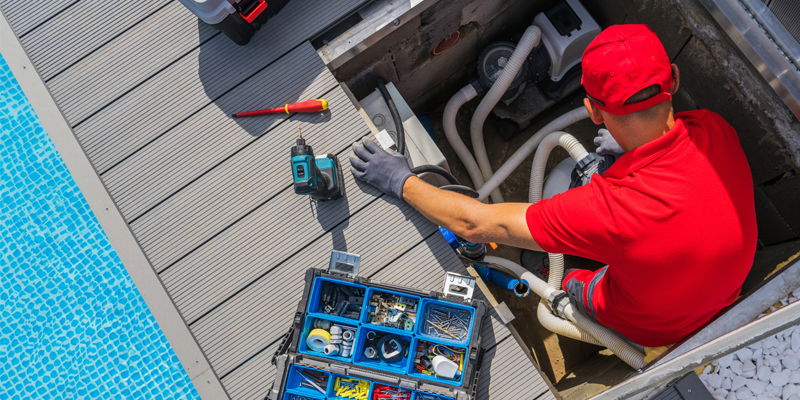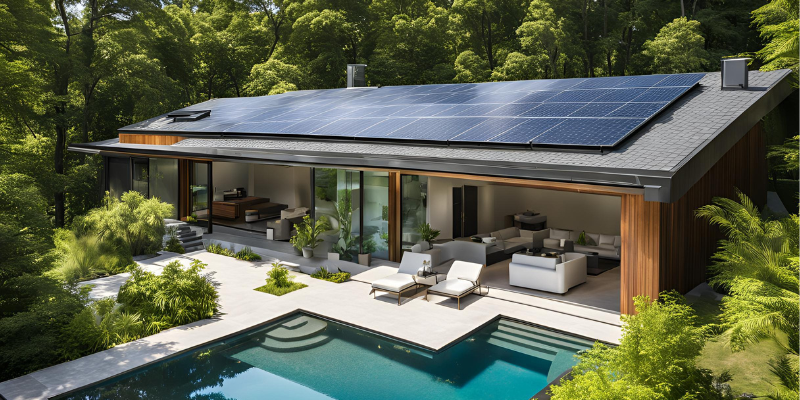Introduction
As the world becomes increasingly aware of the importance of preserving natural resources, homeowners and businesses alike are turning to solar heating systems as a cost-effective, sustainable alternative to traditional heating methods. Solar heating systems can provide ample heat and hot water for a fraction of the cost of traditional systems, making them an attractive choice for anyone looking to save money and reduce their carbon footprint.
Using solar energy to heat the pool water is an efficient way to save precious electricity. To accomplish this, a solar pool heating system is required. Solar heating is the most economical way of heating your pool as the Sun is the main energy source. The cost of running a small motor that circulates the water through the tubes placed on the roof is minimal when considering the running costs of maintaining the entire filtration system.
Typically, a solar pool heating system works as follows:
- li>Swimming pool water is circulated to be heated by the sun with the help of a solar collector apparatus.
- Debris is removed from the swimming pool using a filter prior to pumping water through the collector.
- A pump keeps the water circulation in the swimming pool with the aid of the filter and the collector and pushes back to the pool.
- An automatic or manual flow control valve apparatus diverts swimming pool water through the solar collector.
Thus, it is wise to opt for solar pool heaters to reduce energy consumption costs. This also ensures that you are saving electricity and using natural resources, thus preserving our planet.
Nowadays, smart meters are being introduced as a way to measure the electricity that is being used, which charges a higher rate between the hours of 2.00 pm and 8.00 pm daily. This is a problem for filtration systems as the consumption is considerable. To achieve great results and lower running costs, the solar heating pump will need to run for fewer hours in order to save energy. By increasing the solar absorber size on the roof, you can get more heat output and therefore the pool will be heated quickly resulting in the pump being switched off earlier and no energy use on the peak times. This will also provide a warmer pool earlier in the day which has a desirable effect, especially on the moms and dads.
Why is a Solar Heating System the Most Cost-Effective Method?

There are several reasons why a solar heating system is the most cost-effective method available:
1. Low Operating Costs
Once a solar heating system is installed, the operating costs are very low. There are no fuel costs or ongoing maintenance costs, and the system typically requires very little attention.
2. Long Lifespan
A well-maintained solar heating system can last up to 30 years, making it a long-term investment that can save you money in the long run.
3. Renewable Energy Source
Solar energy is a renewable resource that will never run out, unlike fossil fuels. By using solar energy to heat your home or business, you are helping to reduce your reliance on non-renewable energy sources.
4. Reduce Carbon Footprint
Using a solar heating system can significantly reduce your carbon footprint, as it produces zero emissions during operation. This can help you to reduce your impact on the environment and contribute to a more sustainable future.
5. Potential for Government Rebates and Incentives
Many governments offer rebates and incentives for homeowners and businesses that install solar heating systems. These can help to offset the initial cost of installation and make the system even more cost-effective.
If you want to enquire about an inverter heat pump & solar pool heating system, Call us at Thermo Pools at 02 8850 4030 & Check our Google Reviews, and one of our expert and friendly teams will be happy to serve you!





